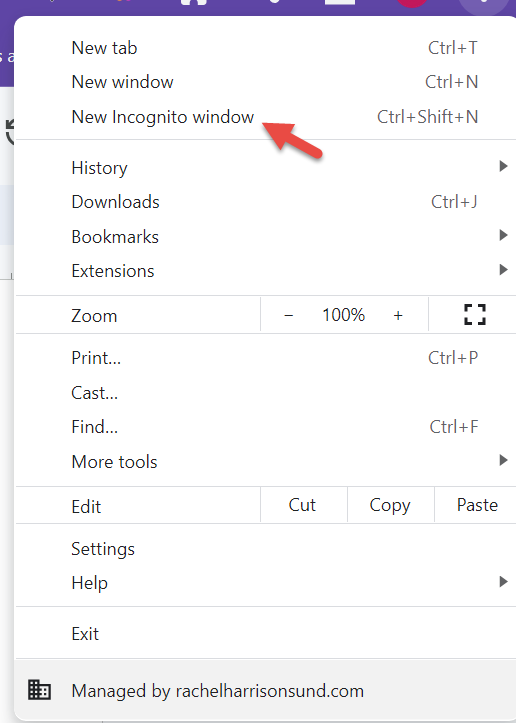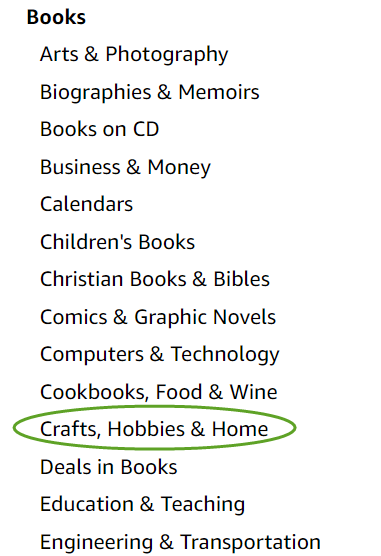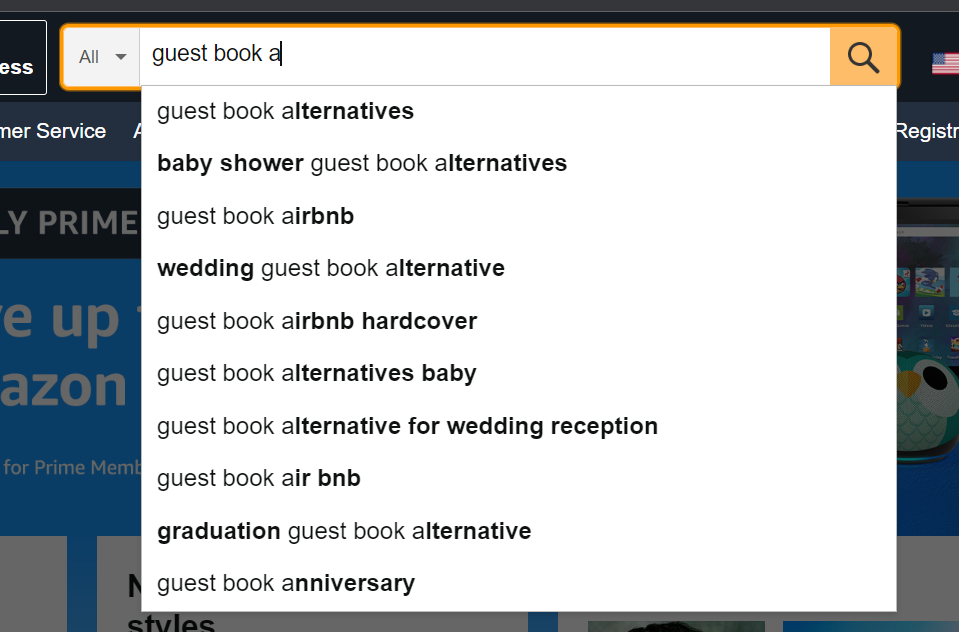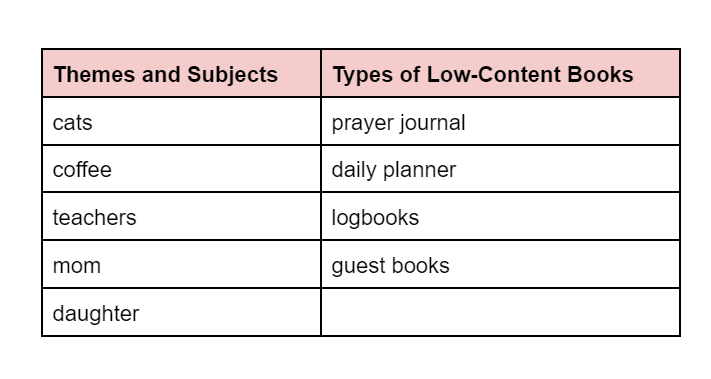If you’re just starting out with low-content publishing and are feeling a little bit stuck when it comes to generating ideas for your low-content books, I’ve got just the thing for you!
In this video I’ll share 5 powerful strategies to help you unblock your creativity and unlock a TON of unique ideas for your low-content books.
You can watch the video or read on for the main points.
(This post contains affiliate links, which means—at zero cost to you—I will earn a small commission if you click through and make a purchase. Thank you for your support!)
5 Strategies to Help You Generate Low-Content Book Ideas
Generating fresh, engaging ideas for your low-content books can seem like a gargantuan feat, but there are definitely some ways you can simplify this process. These six proven strategies will not only fuel your creativity but will also streamline your ideation process and unlock a world of unique low-content book ideas. Let’s dive in!
1. Master the Art of Amazon Browsing
The easiest way to get started generating low-content book ideas is to head over to Amazon in an incognito browser window and have a look around. Amazon loves to serve up more of what we’ve browsed in the past, so opening an incognito window will help avoid this search bias and give you an authentic peek into what types of books are capturing potential buyers’ interests.

Next, head over to the main bestsellers list under the “Best Sellers & More” tab and hone in on “Print Bestsellers” for physical book ideas.

Use the dropdown menus in the left sidebar to explore variations, paying particular attention to Self-Help and Crafts, Hobbies & Home categories. These categories tend to contain a good amount of low-content books you can browse.

Never underestimate the potential of overlooked book types like guest books that are popular at weddings, baby showers, vacation homes, and holiday rentals. Be creative; consider variations like a music composition notebook for a wedding or a themed book for kids’ parties.
The “Alphabet Soup” Method
Another way to discover popular low-content book niches and potential bestselling book ideas by browsing Amazon is something I like to call the “alphabet soup” method.
Here’s how you do it:
- In the Amazon search bar type in a word or phrase followed by a letter of the alphabet. In this example, I’ll start with “guest book” plus the letter “a”.
- Amazon will autocomplete some suggestions for you based on what Amazon users search for.
- Move to the next letter and repeat (so, “guest book” plus “b”, “guest book” plus “c”, etc) until you have a spreadsheet filled with keywords directly from Amazon’s predictive search engine.

To gain even more inspiration, check out authors’ pages—especially those who have bestsellers under their belt. The strategies they’ve used could be the very springboard you need to launch your own successful low-content publishing venture.
2. Draw From Your Own Hobbies and Interests
Your personal passions and interests can be the perfect springboard for innovative low-content book ideas. Just think about the activities you love—be it gardening, birding, knitting, or bodybuilding. Not only can these hobbies foster healthy habits, but they can also morph into a wealth of potential book concepts.
Ever thought of turning your gardening notes into a comprehensive gardening notebook, or creating a logbook to document those awesome birds you spotted while birding? Perhaps you’re a knitting enthusiast? Your patterns could become the heart of a handy knitting pattern sketchbook. Fitness fanatics, too, can channel their workout plans and progress tracking into a robust fitness planner. The beauty of this approach is its versatility; it can be applied to any hobby under the sun!
By exploring your hobbies and delving into the quirky corners of pop culture, you can generate a wealth of low-content book ideas that resonate with a broad audience. So, grab that pen (or keyboard), let your passions guide you, and watch as the pages of your next bestseller begin to fill.

3. Tap into the Magic of Humor
Never underestimate the potential of a well-placed chuckle. Humor, with its universal appeal and feel-good factor, can be a powerful tool in the low-content book creator’s toolkit. Whether it’s the sharp wit of snarky commentary or the endearing charm of eye-rolling puns, there’s abundant space for humor to flourish in the world of low-content books.
If you’re searching for that spark of humor-infused inspiration, consider turning to the innocent hilarity of children. Their unfiltered remarks often contain an unexpected wisdom and humor that could be the perfect element to make your books stand out.
But the inspiration doesn’t stop there. Pop culture, including things like popular TV shows and trendy t-shirt slogans, is a goldmine for humorous expressions. Phrases like “Sorry, not sorry” or “Busy AF” are catchy, relatable, and filled with a lighthearted humor that many readers appreciate. Just use caution not to use any trademarked content in your books! For more on this, check out my video Avoiding Trademark Infringement.
From a snarky quote diary to a pun-laden planner, humor can add an enjoyable twist to any low-content book. It’s a chance to bring a smile to your readers’ faces and a unique selling point that sets your work apart in a crowded marketplace, so lean into the laughs and let humor guide your next great low-content book idea.
4. Embrace the Charm of Your Local Bookstore
As fantastic as Amazon is for gathering ideas, there’s still an undeniable magic that comes from wandering the aisles of a brick-and-mortar bookstore. The smell of the books, the feeling of flipping through pages, and the visual feast of cover designs provide a tangible source of inspiration that can’t be replicated online.
Take a close look at the current visual trends dominating the shelves. What color palettes catch your eye? Are there recurring design elements or typography styles that stand out? These observations can be incredibly useful when planning the aesthetic of your low-content book.
Now, venture into the world of pop culture within the bookstore. Examine popular magazines, comic books, and graphic novels. These genres often lead the charge in cultural trends and innovative design. A cover design from a top-selling comic book or a layout style in a trendy magazine could be just the inspiration you need for your next low-content book design.
Don’t hesitate to take a step back from the digital world. Your local bookstore holds a universe of ideas. Who knows…your next big idea might just be tucked away in its quiet aisles, just waiting for you to turn the corner and discover it.

5. The Art of Fusion: Blending Unrelated Niches
Here’s a final innovative technique to fuel your ideation process: the magical fusing of unrelated niches. It’s a simple concept, but the potential for unique low-content book ideas is staggering. Try this exercise to get started.
First, draw a line down the center of a paper to create two columns. In the first column, make a list of general themes or subjects—anything from broad topics like cats or coffee to specific roles like teachers or familial relationships like mother/daughter.
In the second column, list types of low-content books such as prayer journals, daily planners, or gardening logbooks.
Now comes the fun part: start combining items from the first and second columns randomly. This is where the magic happens—the combinations you make will result in entirely unique and personalized book ideas. Perhaps you’ll create a whimsical cat-themed prayer journal, a practical yet playful daily planner for coffee-loving teachers, or a tender mother/daughter gardening logbook.
The beauty of this method lies in its endless possibilities. With a handful of themes and low-content book types you can generate a plethora of unique combinations. It’s an adventurous way to push the boundaries of your creativity, bringing a fresh and innovative edge to your low-content book portfolio.

These six strategies, boosted by your own creativity, can generate a host of unique low-content book ideas to bolster your Amazon KDP passive income stream. Happy brainstorming!
If you want to learn how to publish other types of low-content books like journals and planners, download my free guide, 3 Steps to Publishing Your First Low-Content Book in Less Than a Day.
For additional help, join my free Facebook Group, Low-Content Profits.
